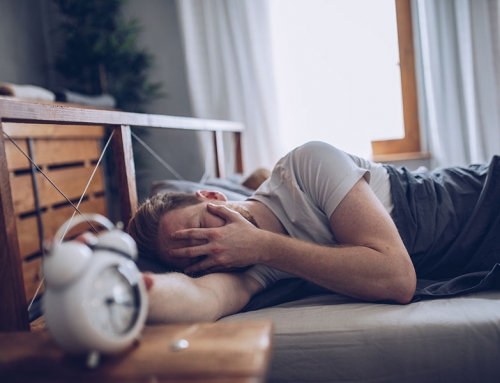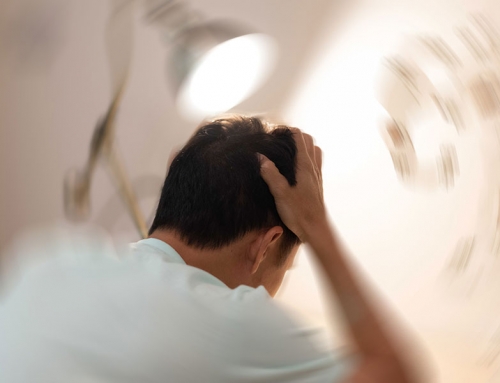Aching legs can manifest themselves in throbbing pains, itchiness, stiffness, or a feeling of heaviness. Whatever the particular ache, waking up feeling like you’ve just hiked a mountain is not ideal. Here are four common causes of aching legs in the morning, together with some tips for quick treatments.
Poor oxygen supply (Claudication)
Table of Contents
In a de-oxygenated body, the limbs and extremities such as the toes are the first to feel the lack of oxygen. An oxygen dip in the leg muscles and joints can cause a variety of aches and pains, from a sharp stinging to dull, continuous cramping.
According to MedicineNet, the most common area for claudication (as poor oxygen supply is medically known) is the calf muscles, those being the furthest largest active muscles away from the heart. So if your pain is located mainly in the calf area, and you can rule out other potential causes on this list, it may be worth seeking medical consultation.
Claudication is often caused or made worse by common breathing problems such as sleep apnea—a decreased ability to intake air during sleep. This is the reason you may only experience leg ache in the morning, rather than throughout the whole day.
A lack of oxygen may also be caused by an iron deficiency (see ‘Nutrient deficiencies’).
A treatment to try: boosting circulation before bedtime
Even if you lead an active lifestyle—and especially if you don’t—you can help boost circulation in your legs by incorporating some soothing stretching or light exercise into your bedtime routine:
- Use a foam roller or a massage ball to work out knots in your leg muscles and encourage blood flow.
- Yoga or simple stretching promotes alignment throughout the body, giving you an opportunity to isolate each part and pay attention to how it feels.
- Elevating your feet with a pillow throughout the night helps blood flow more easily through the legs.
- A sunset jog, walk with the dog, or a short hike if you’re lucky enough to live in a scenic spot, is a great way to introduce gentle exercise.
Too much strain on the legs during the day
Being more mindful of how much time you spend on your feet throughout the day may give you an insight into your morning leg pain. Often, leg aches track with strains due to overuse, but only arise a day or two after the activity, making the association less immediately apparent.
Those who work on their feet will know the feeling of worn legs and ankles. But even if you spend your days at a desk, consider whether you’ve recently introduced more walking or standing into your routine, such as a change to your commute or the arrival of a new standing workspace.
A treatment to try: Keep an exercise journal (or app)
Tracking your exercise is easier than ever, with a wealth of free, and premium, technology options available on most devices. Whether you’re running, cycling, or simply walking around your workplace, there’s an easy way to keep tabs on how much effort your legs are expelling. Today’s iPhones come equipped with pedometers, while popular fitness app Strava is designed to capture a range of activities.
Nutrient deficiencies
Several nutrient deficiencies can lead to muscle aches that are often more apparent during the quiet and stillness of the morning:
A treatment to try: eat by color
Aim for a broad range of vitamins and minerals in your daily night. One easy way to ensure a good balance of nutrients is to eat by color, creating meals where each item on your plate is from a different part of the color spectrum. This is because minerals themselves track with color—orange or red suggests the presence of vitamin C and B vitamins, for example. You might also consider sourcing a good quality multivitamin.
Poor sleep
Each stage of the sleep cycle plays a necessary role in healing and conditioning the body. Stages four and five (Delta wave and REM) are the deep-sleep section of the cycle, responsible for assessing and encoding memories, helping us to retain newly acquired information. Stages two and three, however, (Alpha and Theta wave) are lighter-sleep stages who’s role is all about maintaining sore joints and muscles. Missing out on these periods of the cycle not only means waking up tired, but waking up with your muscles receiving the benefits of sleep.
A treatment to try: update your sleep software
There’s no surer way to change up your sleep habits than by investing in a new mattress and/or pillow. Especially if you’ve been making do with worn-out products, a new mattress will help to ease any aches and pains that aren’t related to diet or chronic conditions.
When searching for your next sleep software, strike a balance between budget and quality foam or springs (or both, in the case of hybrid mattresses). While a cheaper polyurethane foam mattress, for example, may feel as soft and supportive as memory foam for the first few months, it’s likely to quickly degrade in comparison to pricier alternatives. Here’s a guide that shows you how to avoid overpaying for quality mattresses.





